
Blockchain And Distributed Ledger Technology

Blockchain Explained From An Enterprise Perspective
Decentralization Is The New Era Of Internet

What is Blockchain?
Blockchain is a tamper proof and shared ledger for recording the history of transactions. It promises a mode of transactional methods across diverse applications that establish trust, accountability and transparency from contracts to deeds to payments.

What is distributed ledger technology?
A distributed ledger is a database of transactions that is shared and synchronized across multiple computers and locations – without centralized control. Each party owns an identical copy of the record, which is automatically updated as soon as any additions are made
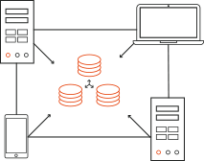
How does blockchain work?
A blockchain records data across a peer-to-peer network. Every participant can see the data and verify or reject it using consensus algorithms. Approved data is entered into the ledger as a collection of “blocks” and stored in a chronological “chain” that cannot be altered

What are smart contracts?
Smart contracts – self-executing agreements based on blockchain technology – automatically trigger actions or payments once conditions are met. In the near future, they will use real-time information, such as asset GPS data, to trigger an event, such as a transfer of ownership and funds.
4 Types Of Blockchain Networks
Of the four ways to establish a blockchain network – currently,consortium is the most accepted model for business.
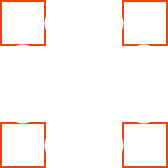
Consortium blockchains
In a consortium blockchain, the consensus process is controlled by a pre-selected group – a group of corporations, for example. The right to read the blockchain and submit transactions to it may be public or restricted to participants. Consortium blockchains are considered to be “permissioned blockchains” and are best suited for use in business.
Semi-private blockchains
Semi-private blockchains are run by a single company that grants access to any user who satisfies pre-established criteria. Although not truly decentralized, this type of permissioned blockchain is appealing for business-to-business use cases and government applications.

Private blockchains
Private blockchains are controlled by a single organization that determines who can read it, submit transactions to it, and participate in the consensus process.Since they are 100% centralized, private blockchains are useful as sandbox environments, but not for actual production.
Public blockchains
Anyone can read a public blockchain, send transactions to it, or participate in the consensus process. They are considered to be “permissionless.” Every transaction is public, and users can remain anonymous. Bitcoin and Ethereum are prominent examples of public blockchains.
The Benefits Of Blockchain
Of the four ways to establish a blockchain network – currently,consortium is the most accepted model for business.
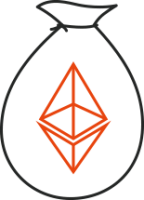
Fewer Intermediaries
Avoid centralized intermediaries by using a peer-to-peer business network.
Faster Processes
Blockchain can speed up process execution in multi-party scenarios – and allow for faster transactions that aren’t limited by office hours.
Reduced Costs
Lower costs by accelerating transactions and eliminating settlement processes by using a trusted, shared fabric of common information instead of relying on centralized intermediaries or complex reconciliation processes.
Faster Automation
Automatically trigger actions, events, and even payments based on preset conditions. Speed up transactions by automating processes to work outside of business hours.
Increased Visibility
Gain near real-time visibility into distributed transactions across your authorized business network. Maintain a shared system of record with a single version of truth.
Enhanced Security
Reduce fraud while increasing regulatory compliance with tamper-proof business-critical records. Secure your data by using cryptographically linked blocks so that records cannot be altered or deleted without detection
How INCREMENTUM Is Bringing Blockchain To The Enterprise
At Incrementum, we see blockchain as a promising way to simplify complex multi-party processes and create trust among participants. Blockchain is bringing the value of distributed-ledger technology to bear for leading global institutions.

Industries With Emerging Blockchain Use Cases
Blockchain shows promise in many different industries and lines of business. Here are three key use cases:

Banking and Finance
Know your customer, clearing and settlement, trade finance, domestic and cross-border payments, loan origination and post-funding automation, and anti-money laundering

Government and Public Sector
Improve welfare distribution, mitigate double taxation, get infrastructure protection, and record of ownership.

Supply Chain
Supply chain finance, track and trace point of origin, ownership transfer, compliance monitoring.

Healthcare and Pharmaceutical
Serialized track/trace of drugs, digital regulatory submission, clinical trial management, and privacy and sharing of patient health records.

Retail and eCommerce
Increase transparency of histories of products, reduction of counterfeit goods, warranty adjudication, and supply chain management modernization

